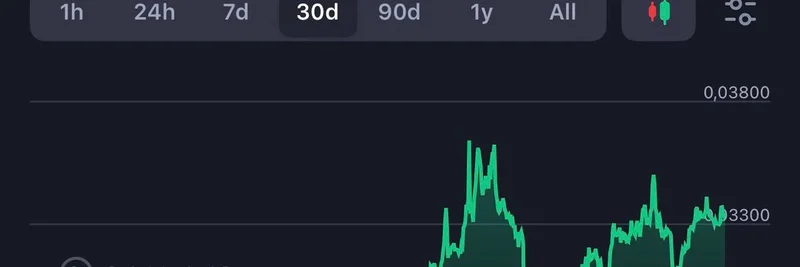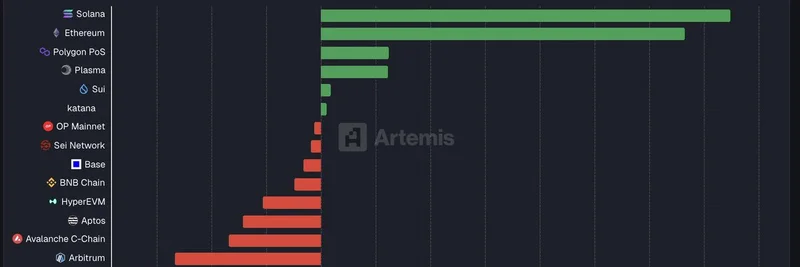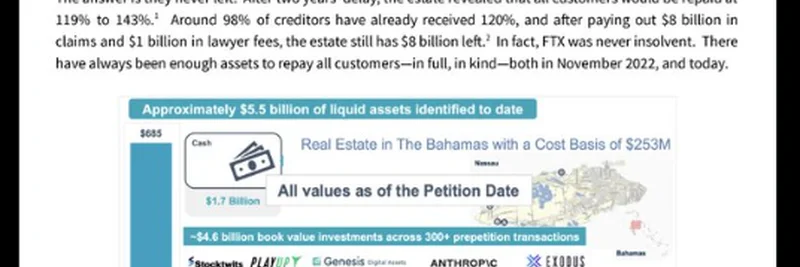ARTHUR (Arthur Adventure) is a DeFi-focused token deployed on BNB Chain under the contract address 0x07197f78c3f2d0a4a199dbc442f2187d416e3e88. The project’s stated goal is to rebuild traditional payment infrastructure on-chain, enabling programmable payments and open financial rails.
What ARTHUR is aiming to do
- Payments-first DeFi: Arthur Adventure pitches itself as a decentralized financial payment network.
- Stablecoin basket with a reserve currency: Instead of relying on a single issuer, the protocol uses a basket of fiat-pegged stablecoins. These are algorithmically stabilized using ARTHUR as the reserve currency.
- Why that matters: In simple terms, ARTHUR is designed to help keep a group of stablecoins properly pegged (usually to fiat like USD) through rules and incentives, rather than relying only on centralized issuers. The reserve currency (ARTHUR) acts as a balancing tool to absorb volatility and maintain stability.
Key characteristics at a glance
- DeFi-native payment infrastructure ambition
- Algorithmic stabilization mechanics for fiat-pegged stablecoins
- Deployed on BNB Chain, with indications of cross-chain presence in some sources
Tokenomics
- Max supply: 1,000,000,000 ARTHUR
- Circulating supply: Not consistently reported by data sources; some list it as unavailable or unspecified
If you’re analyzing ARTHUR’s supply dynamics, keep in mind that incomplete circulating supply figures can affect market cap calculations and your modeling of token scarcity.
Market snapshot (based on available sources)
- Price: Reported around $0.0286 in one source and ~$0.006716 in another (data varies by aggregator)
- Market capitalization: Approximately $6,715,917
- 24h trading volume: Ranges widely from ~$1.78M to $0 (one source still noted 533 buys and 533 sells within the same period)
- Liquidity: Roughly $80,681.29
- Transactions (24h): About 533 total, split evenly between buys and sells
Why the discrepancies? Smaller or cross-chain tokens often show inconsistent figures across aggregators due to different data feeds, update intervals, and how DEX trades are indexed. Always compare multiple sources and verify on-chain.
Development history claims
Some materials associated with Arthur Adventure claim the network transacted an estimated $299 billion for more than 2 million users as of December 2020. The direct link between that figure and the ARTHUR token’s own launch or life cycle isn’t fully clear from available sources, so treat this as marketing context rather than a definitive, token-specific milestone.
How the algorithmic stabilization works (plain-English version)
- The protocol uses rules (algorithms) to balance supply and demand across a basket of fiat-pegged stablecoins.
- ARTHUR acts as the reserve currency: when a stablecoin deviates from its peg, the system can use ARTHUR-based mechanisms to offset that move—think mint/burn or incentive levers—to nudge prices back toward target levels.
- The goal: reduce reliance on any single centralized entity and keep payment rails predictable for users.
As with any algorithmic stabilization, design details, governance, and collateral quality matter greatly. Without transparent, resilient mechanisms, peg maintenance can be fragile during stress.
Where to trade ARTHUR
- ParaSwap: Some sources mention ParaSwap (Ethereum) as a venue where ARTHUR can be traded, hinting at possible cross-chain or bridged presence.
- GMGN.AI: You can also track and trade ARTHUR on GMGN.AI, which provides real-time analytics, wallet activity insights, and risk checks tailored for fast-moving meme and DeFi tokens.
Tip: Always verify the contract address (0x07197f78c3f2d0a4a199dbc442f2187d416e3e88) and confirm the chain you’re operating on before executing any swap. Token tickers can be reused across chains, which increases the risk of confusion or imitation contracts.
Security and audits
- Reported checks: Some sources indicate “No Issues” for common smart-contract risks like transfer restrictions, ownership control, flash loan attacks, and reentrancy protection.
- Caveat: The absence of publicly posted formal audits on major repositories means you should treat these checks as preliminary. Look for an independent audit, ongoing bug bounty programs, and transparent disclosures from the team.
Risks and things to watch
- Data inconsistencies: Prices, volume, and circulating supply figures vary across aggregators. Cross-check multiple platforms and confirm on-chain where possible.
- Algorithmic risk: Stability mechanisms—especially for baskets—can break under stress if incentives, collateral, or governance fail. Review the protocol’s documentation and stress-test assumptions.
- Liquidity depth: With liquidity estimated around ~$80k, slippage can be meaningful for larger orders. Use limit orders or split trades when possible.
Bottom line
ARTHUR (Arthur Adventure) is presented as a DeFi payment network with an algorithmic approach to stabilizing fiat-pegged stablecoins via its reserve currency. If you’re evaluating ARTHUR:
- Verify the exact contract address and chain context before trading.
- Compare market data across multiple sources to avoid relying on outdated or incomplete feeds.
- Assess the robustness of the stabilization mechanics and look for independent audits.
- Consider starting with small, risk-managed positions, especially given liquidity and data discrepancies.
As always, do your own research and only invest what you can afford to lose.




